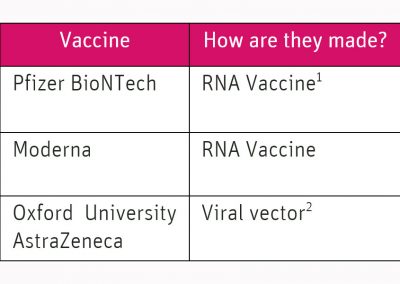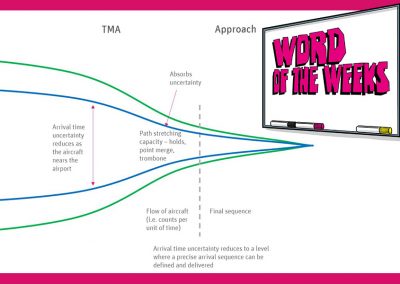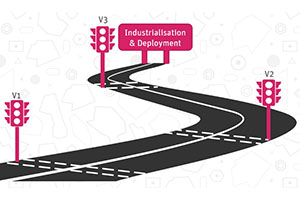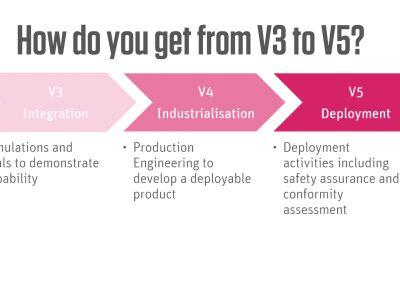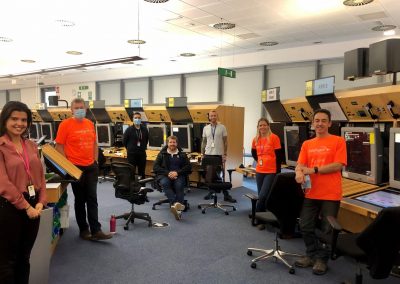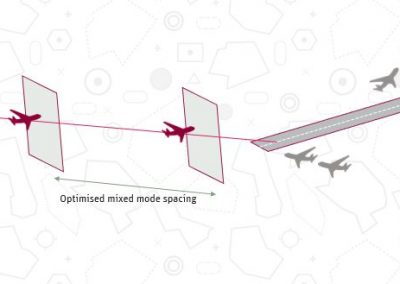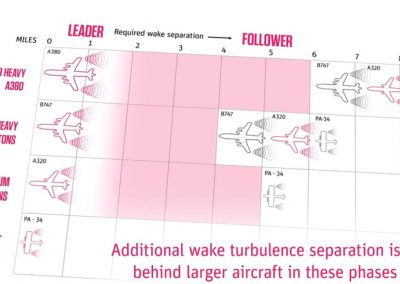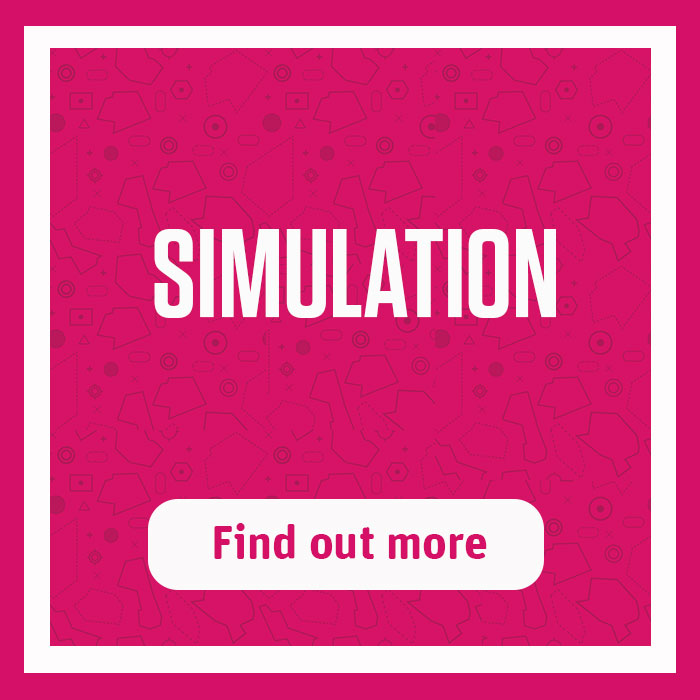
Overview
Concept Development is the process by which a solution is defined to resolve an operational problem. The process begins at the initial identification of the problem, moving on to identification of the potential solution(s), then through the R & D process where the concept is refined, to the concept being implemented in the operational environment. Whether you are implementing an off-the-shelf product or need to consider developing something more bespoke to fit into your operational environment, at Think we have experience in working at all stages of the concept development lifecycle.
The concept development lifecycle is explained further below:
1) Problem definition
An ANSP or airport recognises that they need to either make a change or improve their operation. This can be for many reasons- e.g. to increase safety, to reduce workload, to increase capacity, to improve environmental impact, or to reduce costs. The three main choices are as follows:
- Modify the current operation;
- Purchase a new system or technology: or
- Build a new system or technology.
At this initial stage, the key is to understand the core of the problem and to understand what the ultimate aim to be achieved is. This is done by examining all areas of the operation by conducting various activities e.g. Stakeholder workshops, user engagement, community consultation and so on. Not only is it important to examine the problems within current operation, it is also important to look ahead to the future and understand what the future goals/targets of that operation are.
At each stage of the concept lifecycle, it is important to engage with the relevant key stakeholders at the right time to gain buy in and feedback as to how the new concept will impact different users. Future users of the concept can offer valuable insight and ideas based on their experience and knowledge.
2) Solution Identification
Once the problem has been clearly defined, the solutions can be identified. Based on the three main options described in step 1), different solutions can be suggested based on either modifying, purchasing or building. There are pros and cons of each:
-
- Modify:
Pros: to modify the current operation is potentially the cheaper and quickest option, having less impact on the users in terms of familiarity and training required.
Cons: Although modification of the current operation may be the cheaper option now, is this the most cost-effective solution when looking ahead to the future? For example, legacy systems may need to be replaced.
-
- Purchase:
Pros: To purchase a system can save time and cost by cutting down the R & D phase – if you are buying something that has already proven to work in other operational environment and the benefits have already been proven.
Cons: Buying ‘off the shelf’ may not fit nicely into the operation, it may have to be to be specifically developed to your operational environment – for example, interfaces with the current systems. It might be necessary to purchase something more bespoke therefore increasing the cost and time frame to implementation.
-
- Build:
Pros: If you are building a system from scratch, then the system can be designed exactly to stakeholder requirements and preferences. It could be something that you are able to sell onto other operations.
Cons: This may be the most costly and lengthy option.
3) Feasibility and Options:
At this stage of the concept development lifecycle, whichever options/solutions have been identified for further consideration are explored more deeply. During this phase, various activities are conducted to enable the right solution to be picked e.g. cost benefit analysis, human performance assessment, performance assessments, and appropriate validation and simulation activities according to the maturity of the concept. The various options are narrowed down, and any deemed to not be suitable can be eliminated.
4) Concept Definition Stage:
At this stage of the concept development lifecycle the solution is tested and refined further in an operationally representative environment, initially with a small core group of users. The pros and cons of the concept can be realised, and any potential showstoppers identified. Further testing, verification and validation activities will be conducted with a wider group of users. It is at this stage that software requirements are able to be defined.
5) Deployment:
During the deployment phase the concept system will be built, installed, integrated and validated within the operational environment. In this stage the operational staff will also be trained up on the new systems and new procedures.
How Can We Help
Here at Think we have extensive experience in working in future ATM concepts in all areas of operational environments such as Enroute, Approach and Tower, and have been involved in numerous concept development projects from the initial ideation all the way through to implementation. This includes the introduction of new controller support tools, changes to airspace, practices, and procedures. From workshops for brainstorming, to User Groups, to prototyping, to producing documents such as Concept of Operations (CONOPS), to running Fast and Real Time Simulations, we can help to guide you through each step whatever stage your concept is currently at.
Our roots are in European research programmes and we have a wealth of knowledge and experience in the SESAR programme since it began in 2004 and have been involved for the entire journey so far – from the SESAR Definition phase, the SESAR Development phase right through to SESAR 2020. We understand the importance of R&D in ATM because we know how important it is to look to the future and to know what is coming for the industry. Because of this we have a head start on ‘new’ technologies. We understand the process inside and out and know what it takes to get your concept to progress through to implementation.
Our experienced team cover a wide area of expertise, from a variety of backgrounds ranging from operational ATCOs, Commercial Pilots, Engineers, Human Factors experts, to Mathematicians and Analysts. We are diverse in our skill set, which is our key strength. We can put a team together who has the ability to do the ‘science’ and crunch the numbers behind the concepts, but at the same time can relate the data to the operational users and environment. This is because we can speak the language of the users and have experienced real operations. We are able to work with all key stakeholders to identify how their system needs to perform in their specific environment and how we can make it happen. We are innovative, forward thinking, and constantly looking for ways where things can be done quicker, better and cheaper.
At Think we can offer our expertise and services in the following areas which are all intrinsically linked with the concept development process:
-
-
- Analysis – our skilled team of analysts can take operational data, produce results and interpret them from an operational point of view, and can provide answers to complex business and operational questions;
- Investment – we can help you to make difficult investment decisions by conducting cost-benefit analysis of new technologies, systems and concepts;
- Requirements Capture – our team are experienced in various methods and approaches to be able to capture both user and system requirements keeping the needs and priorities of the user at the forefront;
- ATM & Performance Improvement – we have experience in modelling, simulating, assessing and validating airport development and ATC solutions;
- Human Factors – our Human Factors experts can provide valuable input to concept development process by ensuring that a user centred design focus is followed to determine that the concept is useable, acceptable and confirm expected benefits for the user;
- Safety – We can help you understand the safety of your operation throughout the whole development lifecycle and ensure compliance with regulations and standards;
- Validation – we are experienced validation practitioners and are able to establish the correct validation method to be used at each stage of the concept; and
- Simulation – whatever type of simulation is required, our team can help – FTS, RTS, Operational Trials, you name it!
-
Whatever stage of the concept development process you are at, we are the people to help. Contact us today to find out more and check out links to out other related services below.

